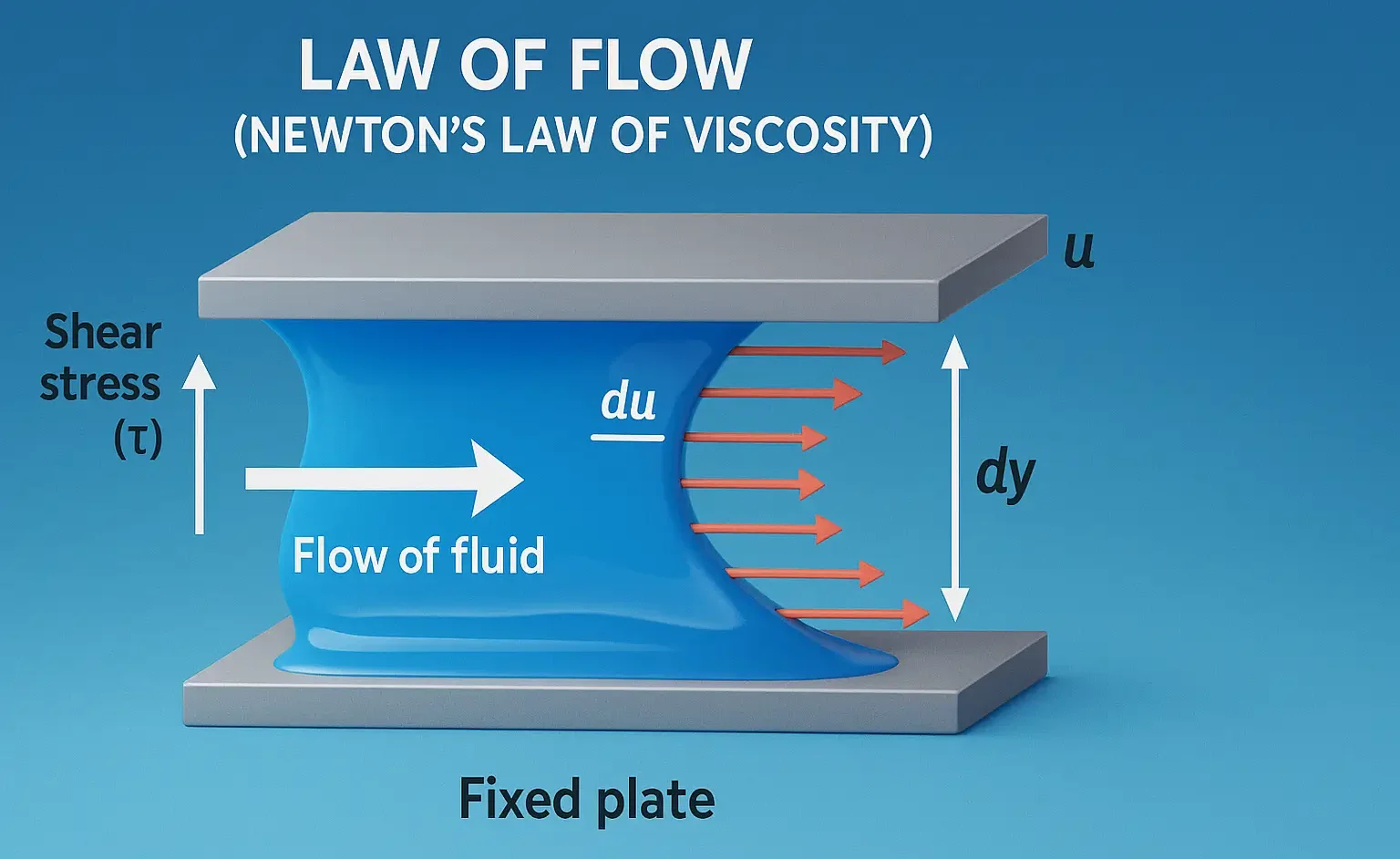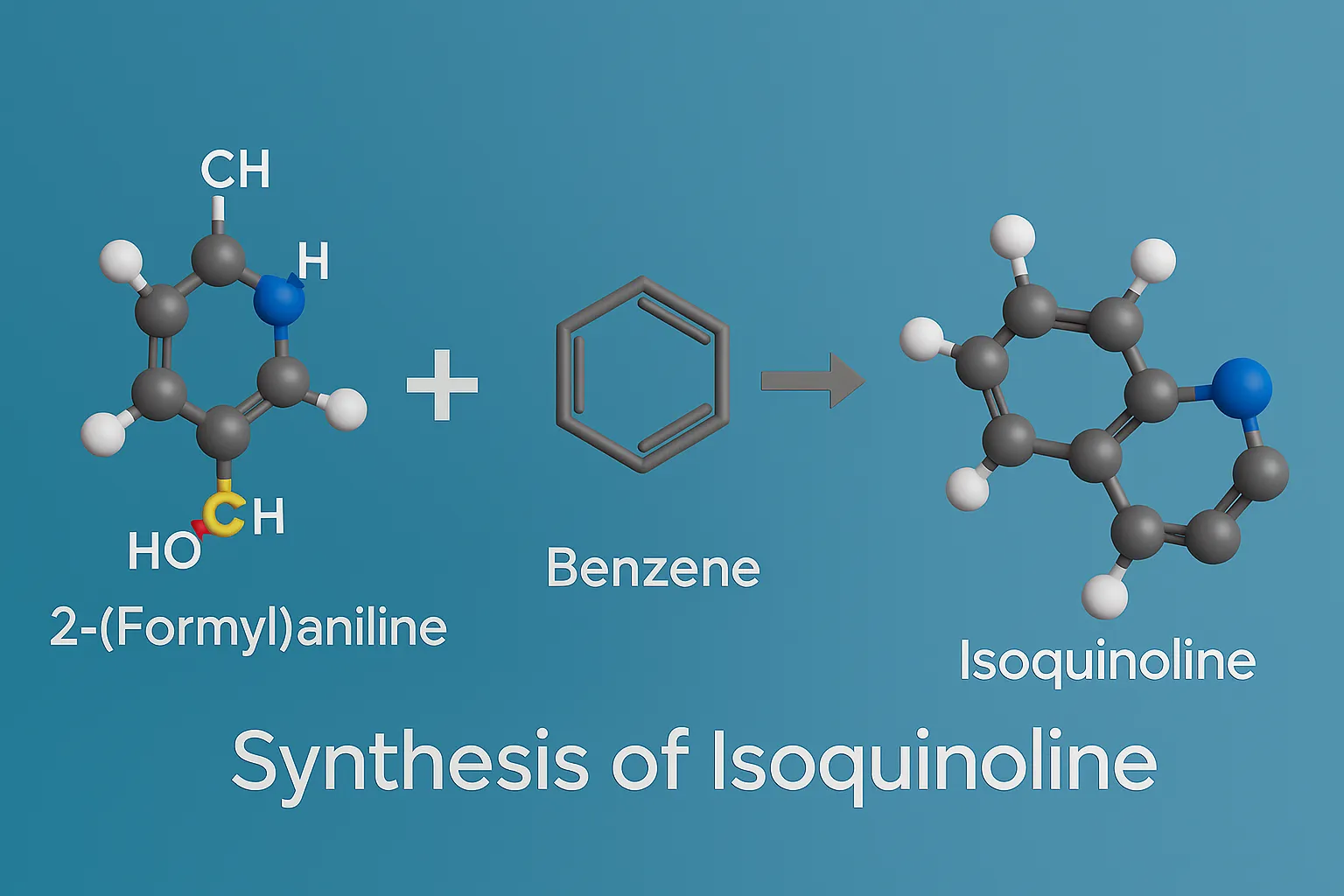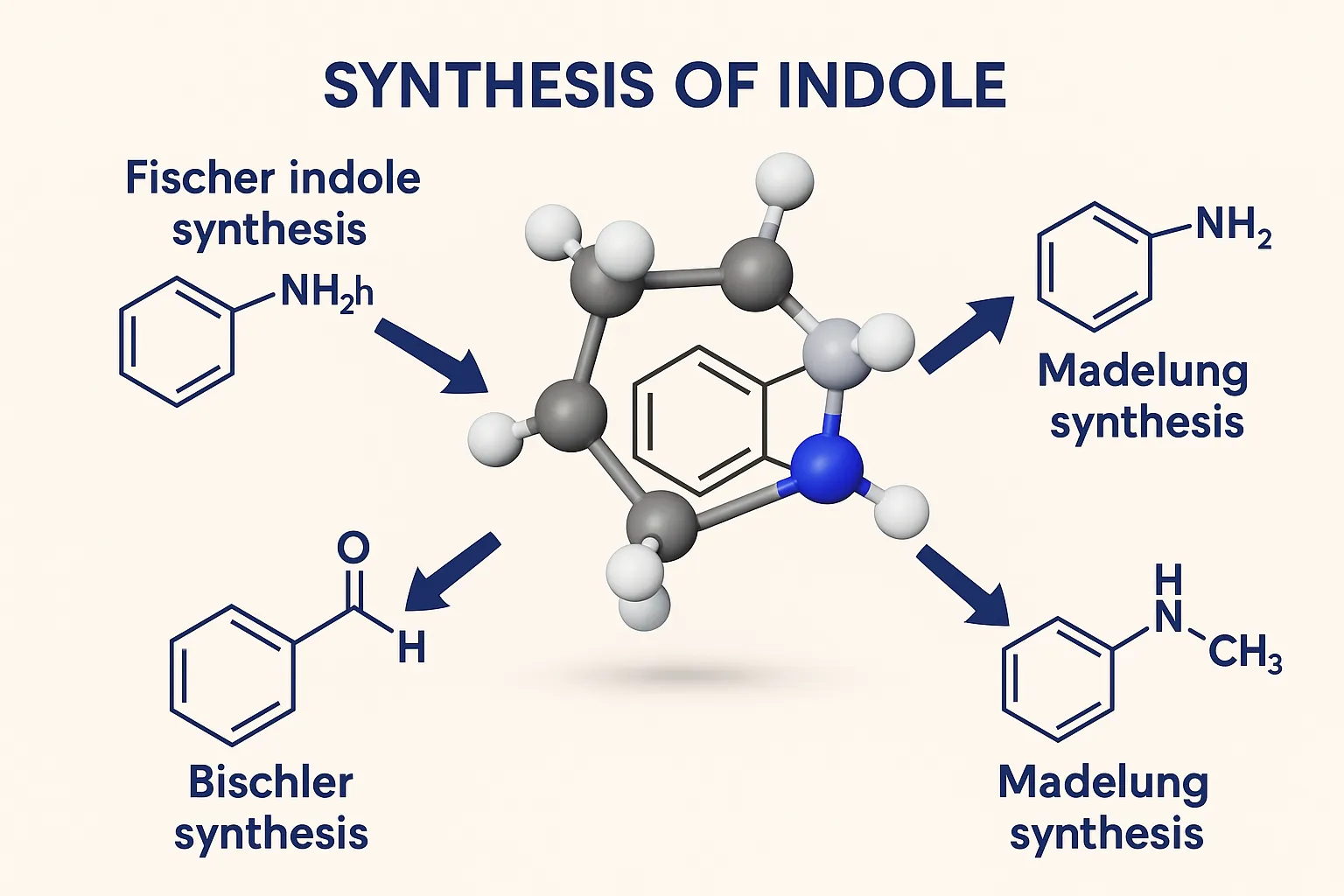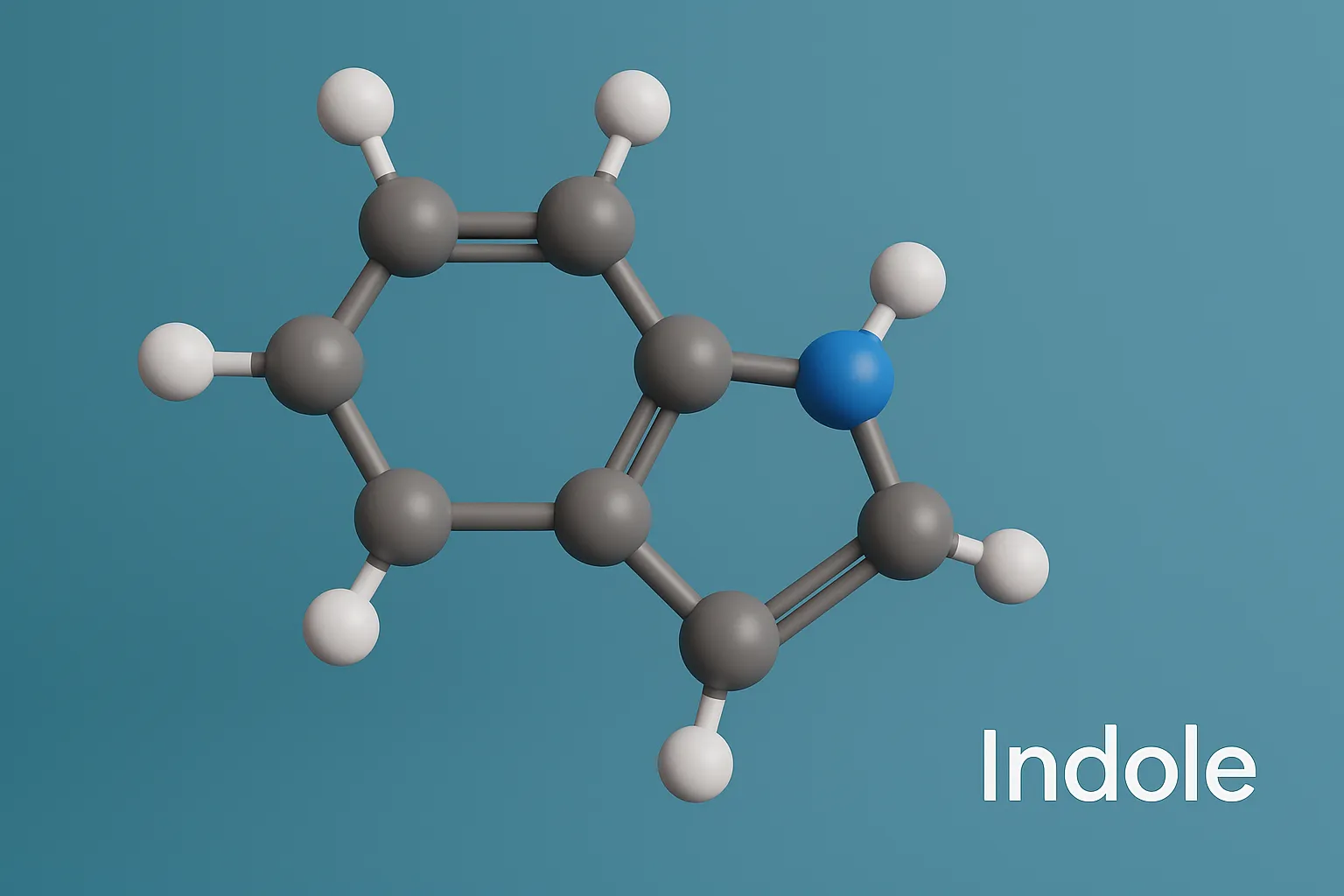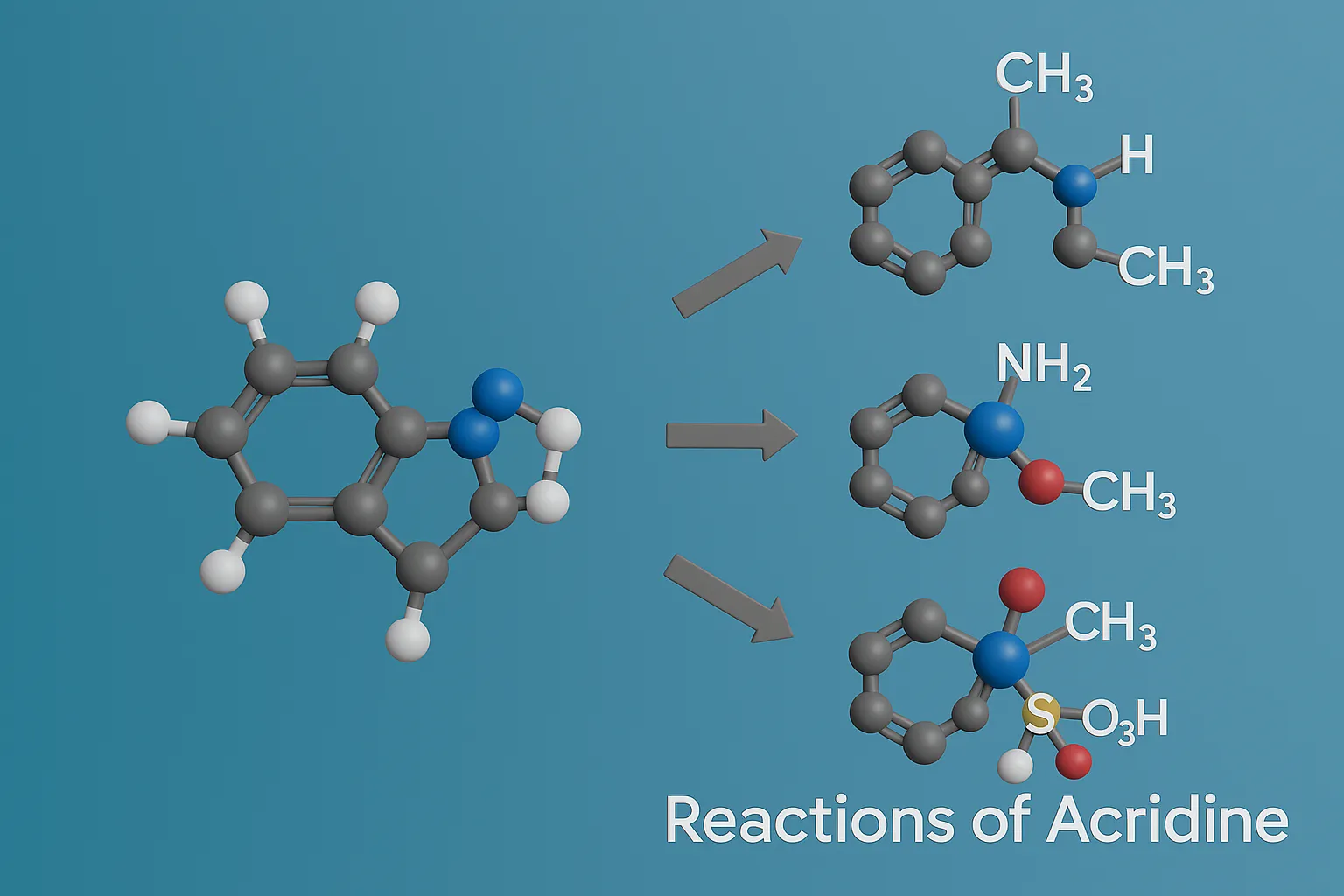Law of Flow (Newton’s Law of Viscosity)
Law of Flow (Newton’s Law of Viscosity) states shear stress is directly proportional to velocity gradient. Law of Flow (Newton’s Law of Viscosity) explains Newtonian fluid behavior in pharmaceutical systems. This refers to the application of Newton’s law in describing fluid behavior. Newton’s Law (Restated): $\frac{F}{A} = \eta \cdot \frac{du}{dy}$ Where: F/A = applied force … Read more

